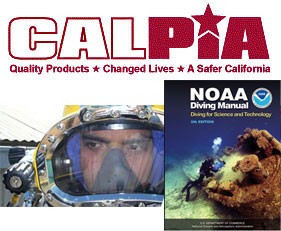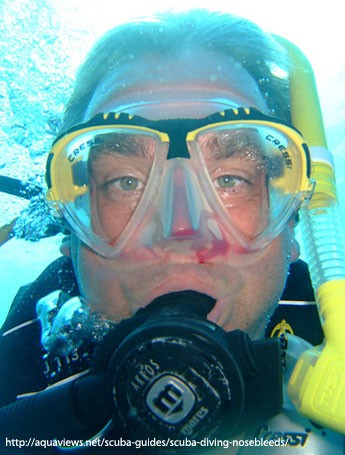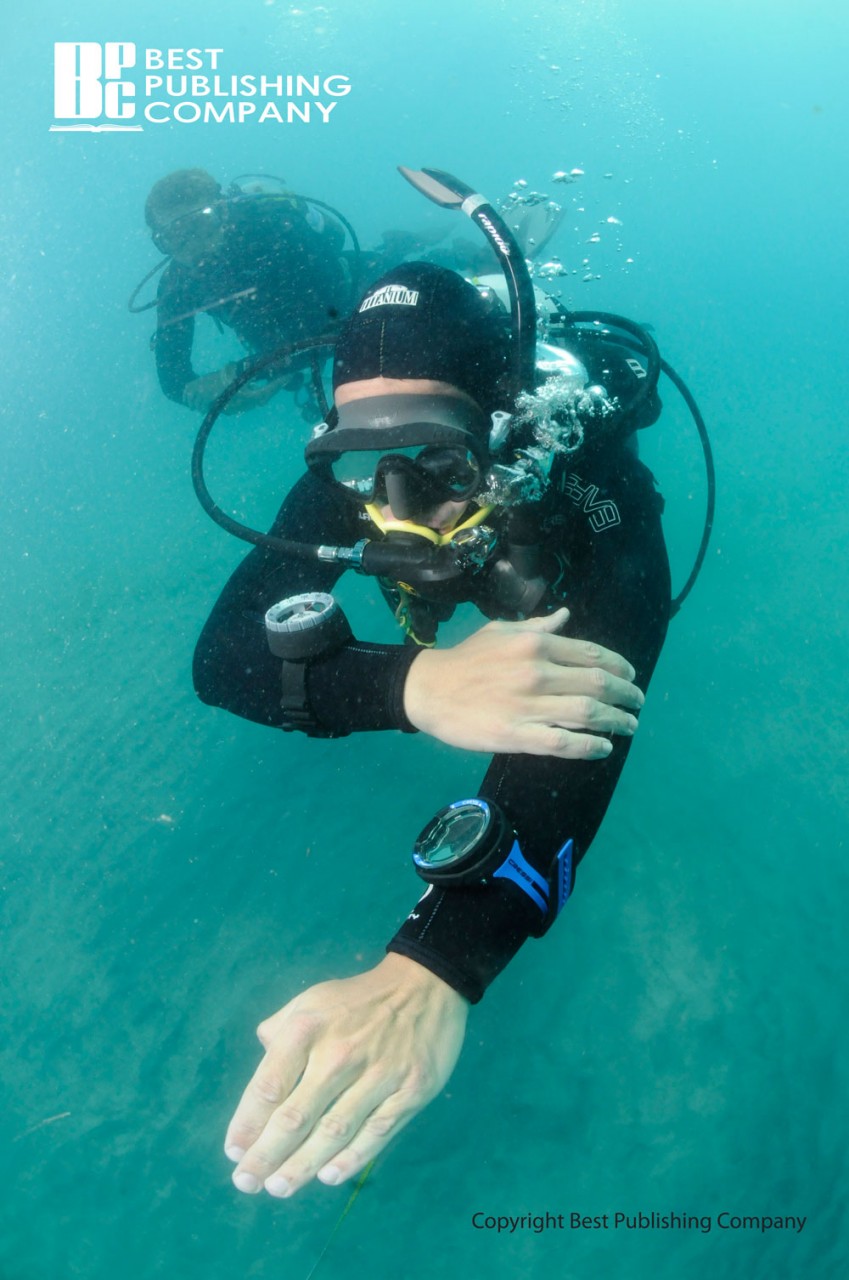The danger from sharks to humans is a combination of size, aggression, and dentition. Any shark over 3 ft (0.9 m) long should be regarded cautiously, and if over 8 ft (2.4 m) long, should be avoided even if this requires that the diver leave the water. For example, grey reef sharks (Carcharhinus amblyrhynchos) that range between 3–7 ft (0.9–2.1 m) in length are numerous in shallow tropical waters, and diving operations often cannot be performed unless the presence of sharks in the area is tolerated. When such sharks are in the vicinity, divers should avoid making sudden or erratic movements. Common sense dictates that no injured or distressed animals should be in the water because these are known to precipitate shark attacks. When operations are conducted in the presence of sharks, each group of divers should include one diver who keeps the sharks in view and is alert for changes in their behavior. The chances of trouble are minimal as long as the sharks swim slowly and move naturally. The situation may become dangerous, however, if the sharks assume agitated postures, such as pointing their pectoral fins downward, arching their backs, or elevating their heads. If feeding in a group, sharks may become highly agitated and bite at anything and everything, including each other. Most victims are attacked violently and without warning by single sharks. The first contact may be a “bumping” or an attempt by the shark to wound the victim prior to the definitive strike. Severe skin abrasions and lacerations can be caused in this manner due to the abrasiveness of shark skin, which is covered with denticles, small tooth-like projections which are modified placoid scales.









